Afghan women and their struggle for gender equality have been a topic of concern for several years, especially since the Taliban took over the country in 2021. International Women’s Day is a day to celebrate the achievements of women and draw attention to the ongoing fight for gender equality worldwide.
Despite promises of inclusivity and tolerance, the Taliban’s rule has been marked by severe restrictions on women’s rights.
At this moment, the world is celebrating International Women’s Day, but unfortunately, the exclusion of Afghan women from basic human rights such as education and healthcare continues to be a critical issue. Eighty percent of school-aged Afghan girls and young women, totaling 2.5 million people, continue to be out of school. In addition to that, women are barred from universities as well, leading to a shortage of professionals, including in the health sector. This exclusion of women from education will push the country towards destruction. In this article, we will discuss the current situation of Afghan women and suggest some solutions to help these women achieve their basic rights.
The Situation of Afghan Women
The situation of Afghan women is distressing, as they are being denied their fundamental rights. According to a report by the United Nations, women and girls have suffered significant setbacks since the Taliban regained power in August 2021. Women have been prevented from going to school, working, and participating in public life. Furthermore, women’s health has also been negatively impacted as female healthcare workers have been restricted from working in public health facilities, leaving many women without access to healthcare services.
Possible Solutions
The situation of Afghan women is devastating, but we can make efforts to improve it. One of the key steps is to provide access to education. Education is a powerful tool that can help women to be independent and contribute to their society. Therefore, the Afghan government and the international community must take necessary steps to ensure that Afghan girls and young women have access to education. The Afghan government should also provide scholarships to deserving students to ensure that poverty does not hinder their education.
Another critical solution is to empower Afghan women to participate in decision-making processes. This can be done by increasing the number of women in leadership roles and creating opportunities for women to participate in political activities. Additionally, women must be included in peace talks, as they can bring valuable insights and perspectives to the negotiations.
Improving healthcare services for women is also crucial. The Afghan government must ensure that women have access to quality healthcare services, including reproductive healthcare, prenatal care, and maternal healthcare services. Furthermore, the government should ensure that female healthcare workers are allowed to work in public health facilities, so that women can have access to essential healthcare services.
Conclusion
The exclusion of half the population from basic human rights is a critical issue in Afghanistan, and it is our collective responsibility to address it. Providing access to education, empowering women to participate in decision-making processes, and improving healthcare services for women are critical solutions that can help women in Afghanistan to achieve their basic rights. We must continue to advocate for the rights of Afghan women and work towards creating a world where all women can live free from discrimination and violence.


